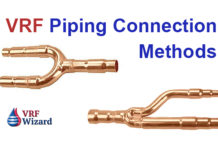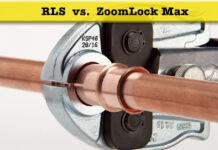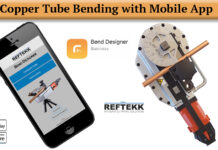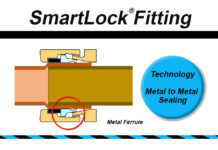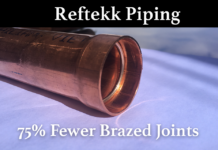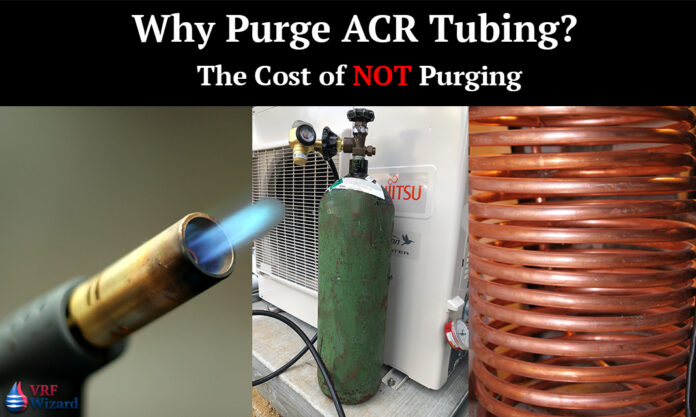Mandatory Purging for Purity and Reliability
I’ve seen experienced technician install ACR refrigerant tubing without the use of a nitrogen purge at the time of brazing a joint into a new VRF system. This should be of concern for the owner of the system and the installing contractor as the potential for future problems increases without a purge.
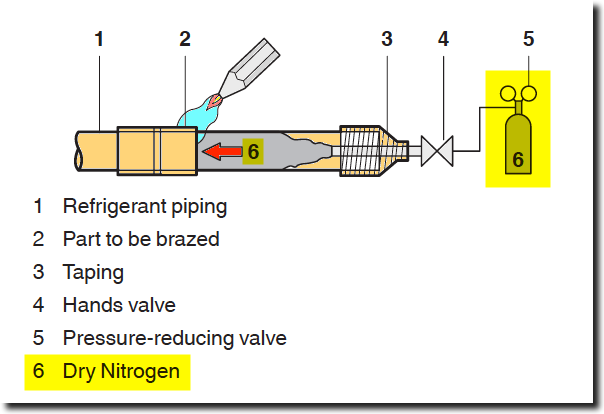
Why Purge your ACR Piping?
Why go through the hassle of dragging out bottles of nitrogen, and then hooking them up with hoses to the newly installed ACR tubing so as to force a small amount of nitrogen through the piping during the brazing process? Well according to the Copper Development Association, the need to provide a nitrogen purge is to avoid harmful oxidation to the interior of the tubing during brazing which can lead to possible failure or contamination of the system. Reduction of these oxides reduces the chances of system contamination.
Copper Development Association
Here is the statement from the Copper Development Association in reference to purging. This is from page 44 of their handbook.
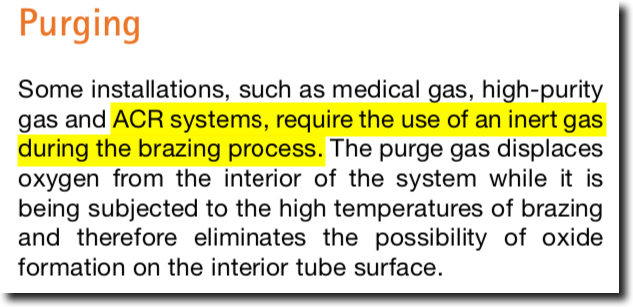
Most copper tubing manufactures will refer to this association for the proper installation of their ACR tubing.

VRF equipment manufactures will also state in their installation manuals that purging with nitrogen or other approved inert gases are required. See the insert from Daikin’s Installation Manual (23MB) for their Heat Recovery Outdoor Unit.
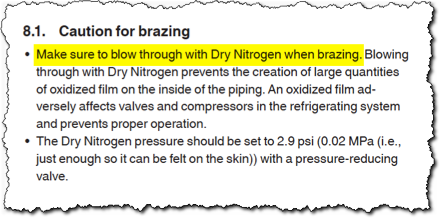
Quality Control
Make sure that you mandate that the installing contractor provide a nitrogen purge during the installation of any ACR refrigerant piping no matter the size of the installed VRF system or the size of the tubing.
There is a reason that ACR piping comes pre-charged with nitrogen, and that is to ensure that there isn’t any moisture in the piping that could contaminate the system. Make sure that your contractor is using clean and capped ACR tubing or line sets.
The manufactures of copper tubing will provide a process of cleaning, purging and pressurizing the tubing to assure a high level of tubing cleanliness to comply with ASTM B280. They will seal the ends of the tubing with plugs to maintain the cleanliness from the manufacturing plant to the project site.
Make sure that the ACR tubing being used for your projects has been protected with caps on the end of the tubing before installation and during the process of installation until the system is sealed tightly so as to prevent any moisture from entering the system. Any stored copper tubing should have the ends capped to prevent atmospheric contamination during storage.
Look to see if the tubing is marked as ACR/MED. This indicates that this is the correct ACR piping for your VRF system. Don’t accept standard copper type “L” piping that hasn’t been processed according to the cleanliness standards of ACR/MED tubing.
Oxidation – The Hidden Bully
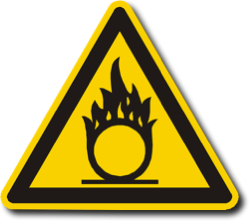
It is in the best interest of everyone not to allow the Oxidation Bully to the party, because he’ll destroy the place, causing damage that will show up later. Keep the bully away by adding the purging process to all VRF ACR tubing installations.
References:
ASTM B75 Seamless Copper Tube
C12200 99.9% Pure Copper
ASTM B280 Seamless Copper Tube for Air Conditioning and Refrigeration
Daikin – Daikin VRV Systems
Copper Development Association Handbook copper.org






